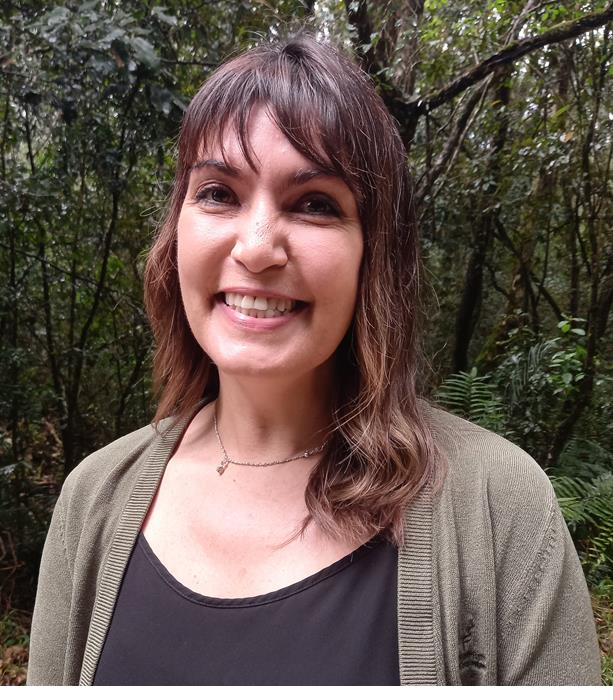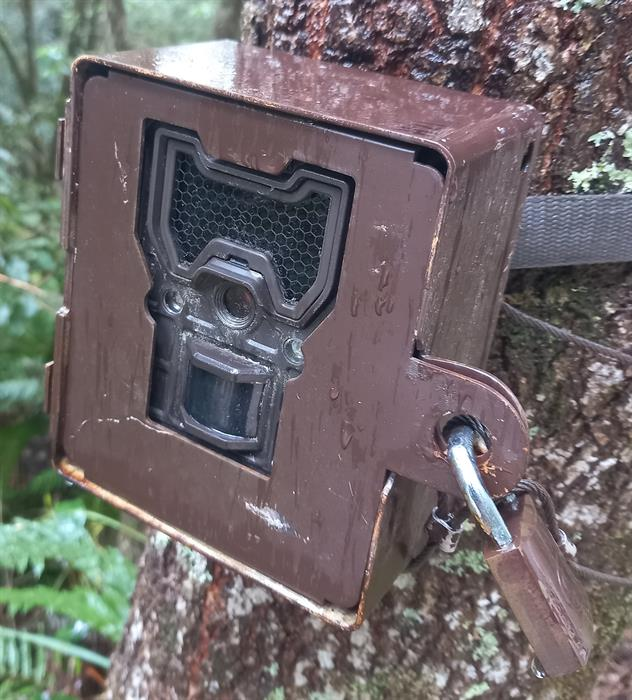Video
KNYSNA NEWS AND VIDEO - A report on consultations between SANParks scientists, South African and international wildlife groups, and communities, due to be released in the first quarter of next year, will mark a significant step towards a decision being made on whether or not to reintroduce elephants into the Knysna Forest.
Revealing this on Monday 14 October during a media excursion to the forest, part of the Garden Route National Park, Lizette Moolman, a wildlife ecologist working in the park, said SANParks "will be the responsible body" for making such a decision, "but we want to make it inclusive".
Inclusivity to date had included a survey on the matter, among people living next to the forest, to which there had been a "massive response": many of the around 400 respondents had indicated they wanted elephants to be reintroduced with the provisos that "specialists must be involved" and such a process be undertaken with "caution".
'Low level of nutrition'
In addition to this, some scientists had said that for elephants there was a "low level of nutrition" in the forest, and therefore claimed it would be unwise to locate any in the vicinity of the last remaining Knysna elephant, called Strangefoot, estimated to be about 54 years old.
Veteran rangers Wilfred Oraai and Karl Maswati, based at the Knysna Forest's Diepwalle forest station, last saw Strangefoot, a cow, in 2017.
"It was after the fires; she was roaming here for two months, in Diepwalle forest - after that she crossed the Knysna River to Wilderness," Oraai said.
"Now, most of the time, she visits private land. We can see her only on the camera traps. Last year she was seen on a camera trap ... between Wilderness and Goudveld (approximately 22km from Knysna)."
Moolman, who has been studying Strangefoot for 17 years, said "it would be inhumane to bring in elephants if the research (suggesting there was a low level of nutrition) is true".
VIDEO: Protecting the last Knysna elephant: SANParks' management plan & why you shouldn't try to find her
'Make ecological sense'
"This has to be studied carefully before any rewilding. It has to make ecological sense, be carefully thought through."
She said hormonal analysis of Strangefoot's dung had indicated "she's fine, her stress levels are fine - but when she's been tracked her stress levels are high. People are camping out to try and film her; that's concerning - she's trying to get away from people".
JP Louw, SANParks' head of communication, said "somebody has been fined - a repeat offender - for trying to trace the elephant. This (attempts to film Strangefoot) can lead to jail sentences". Wildlife ecologist Lizette Moolman. Photos: Lloyd Bodill
Wildlife ecologist Lizette Moolman. Photos: Lloyd Bodill
'Potentially kill someone'
Moolman said regarding possibly reintroducing elephants another factor to be taken into account was Strangefoot being an "extremely evasive elephant, and other (reintroduced) elephants may not behave like this one - they may potentially kill someone".
Knysna Forest was a free-access, unfenced reserve, and relevant shortcomings in relation to this had been revealed in 1994 when three orphaned elephants, aged between 7 and 9, were brought to the forest.
They had left the confines of the park and entered private land in the vicinity of Plettenberg Bay, and there had been reports of "claims for damages".
In 1999 they were taken to Shamwari Game Reserve in the Eastern Cape. Veteran rangers Karl Maswati, left, and Wilfred Oraai: Maswati, due to retire in six months' time, has worked in the Knysna Forest for 34 years, and Oraai, who retired six months ago, worked in it for 36 years.
Veteran rangers Karl Maswati, left, and Wilfred Oraai: Maswati, due to retire in six months' time, has worked in the Knysna Forest for 34 years, and Oraai, who retired six months ago, worked in it for 36 years.
'Elephants traumatised'
Moolman said the three elephants had been been traumatised when they arrived in Knysna, after being kept in a boma and experiencing a 24-hour truck journey.
In the event of reintroduction being given the green light, "we would have to do things differently", she said.
Louw said research on the possible social and ecological impacts of reintroducing elephants, including of erecting fencing, had been done by SANParks.
"The outcome of the research informed the development of a new Garden Route Elephant Management Plan, submitted for approval," he said.
'Social-ecological system'
"SANParks seeks to engage with authorities and primary stakeholders to better understand risk and opportunities and build common understanding of the complexities of elephant management in an unfenced social-ecological system such as the Garden Route." A camera trap in Knysna Forest.
A camera trap in Knysna Forest.
Ranger Oraai said the solitary Knysna elephant, emblematic of the town for many South Africans and foreign visitors, was named Strangefoot because of the deep lines on its feet.
'Ho, it's Wilfred'
He said Strangefoot was a young adult when he started working as a ranger in 1988, and he believed it can still have a calf. Studies have postulated that females over 60 can give birth.
In 2011 he saw the elephant while walking on a forest road to Knysna from Diepwalle. "It was in the evening, and it was drizzling. I was shocked. I communicated with the elephant through my mind, saying 'ho, it's Wilfred'. It lifted up its trunk and smelt me, then disappeared into the forest."
‘We bring you the latest Garden Route, Hessequa, Karoo news’
















